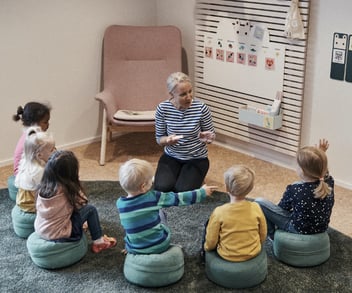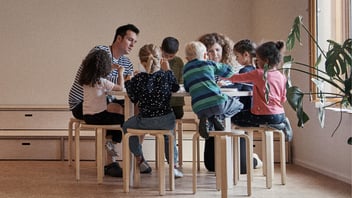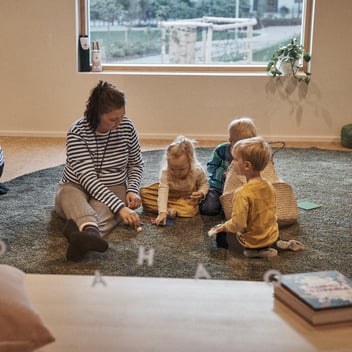Montessori and Finland's Education differences: History
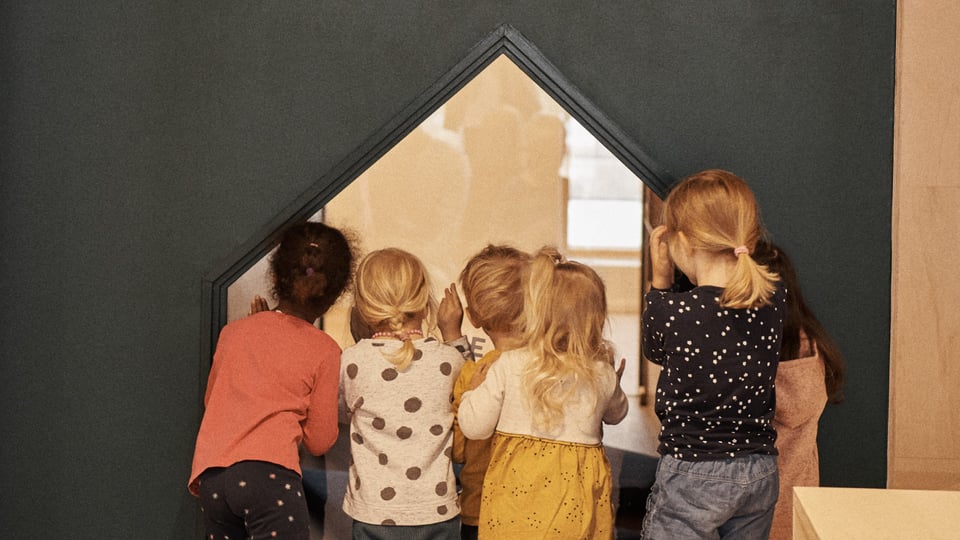
As an operator or a parent, choosing the type of early childhood education appropriate for your school and children can be challenging.
There are a variety of well-established alternative preschool models, such as Montessori, Waldorf, and Reggio Emilia. HEI Schools, a Finnish concept that delivers high-quality early childhood education and care to the world, offers a newer alternative to the more established methods, and it differs from these models in several important ways.
In this series, we deliver a clear picture of how these two different approaches take shape in the classroom and which one might be better suited for your child. You can choose whatever part is most interesting to you and you do not have to read them in order:
In this article, Part 1 covers the history of each model.
Part 2 explores their shared philosophy, as well as the learning environment and materials.
Part 3 discusses daily life at school, standardization and development.
History
Celebrating over a Century of Education in Montessori
First: A Fringe Movement
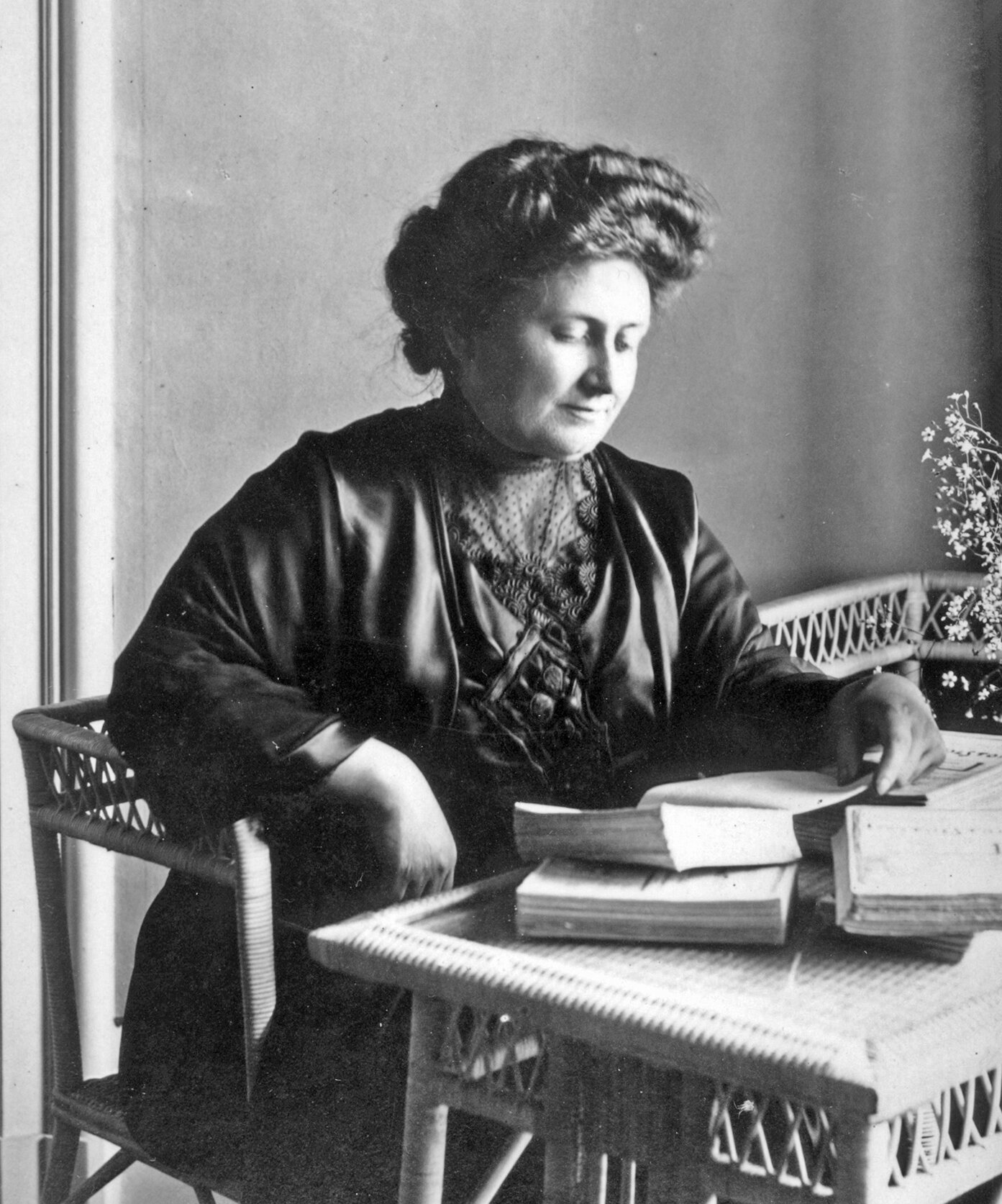
The Montessori model was developed in the early 1900s in Rome by Maria Montessori, an Italian physician who wanted to create a child-centered approach to learning. She designed carefully structured classrooms, or ‘prepared environments’ and created learning materials meant to foster children's learning in different academic fields. Her method was based on the philosophy to “follow the child.” In other words, children choose what they want to learn. The teacher’s role was to guide the students to follow their interests and instruct them on how to use different materials.
The Montessori model initially enjoyed great success but then suffered a series of critical attacks by prominent academics. Consequently, it fell out of favor in the United States and went through various periods of growth and decline in other parts of the world.
Now: Montessori Around the World
In the 1950s, an American woman named Nancy Rambusch began to promote the Montessori model as a social movement in the United States. However, ideological differences between herself and Dr Montessori’s son, Mario, led to the creation of two separate institutions within the United States. Rambusch took a more liberal approach to implementing the pedagogy, while Mario insisted on the ‘purist’ form developed by his mother. Since then, both Montessori models have grown within the United States and throughout other parts of the world as an alternative to more traditional schooling practices.
Inspired by the Finnish Way at HEI Schools
First: A Public Service
The first public Finnish kindergarten was established in 1888 to provide working parents with a system of care for their preschool-aged children. While it was initially a social welfare benefit, early education was increasingly viewed as a fundamental right for all children. In the 1990s, preschool became widely available to children, and in 2015, it became compulsory for six-year-olds to attend one year of preschool before they started primary school. The Finnish preschool model is now internationally admired for its emphasis on children’s well-being and its method of teaching through play-based learning, discovery, collaboration, interaction, and self-motivation.
Now: In Demand Around the World
Helsinki International Schools, or HEI Schools, was founded in 2015 with the goal of creating a scalable model of a Finnish kindergarten with a well-researched curriculum, rigorous teacher training, and thoughtfully designed learning spaces. All aspects of the HEI Schools model are adaptable to every country’s culture and educational requirements, so international educators can now create Finnish-style kindergartens in their own countries with the help of a clearly defined framework.
HEI Schools' pedagogy and curriculum are based on the Finn ish National Core Curriculum. It entails a combination of principles, attitudes, and ways of organizing the learning environments for children to learn in every moment.
ish National Core Curriculum. It entails a combination of principles, attitudes, and ways of organizing the learning environments for children to learn in every moment.
Other aspects of our model, such as the learning space and design, are also inspired by the Nordic atmosphere and nature. However, unlike other international preschool concepts, we do not export our values and culture to other countries. Instead, our model adapts to the local customs and requirements to best suit the needs of the children and teachers.
Enjoy our blog so far? Continue reading on:
Part 2 explores their shared philosophy, as well as the learning environment and materials.
Part 3 discusses daily life at school, standardization and development.


